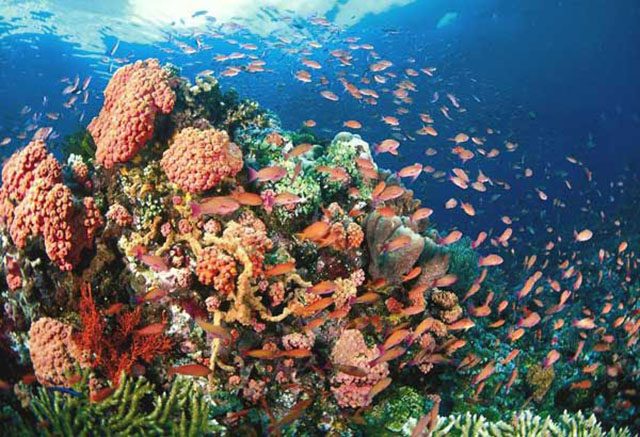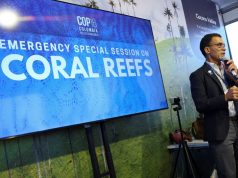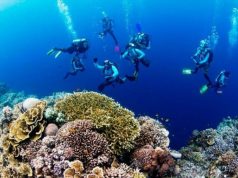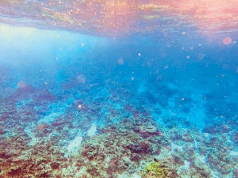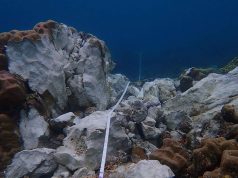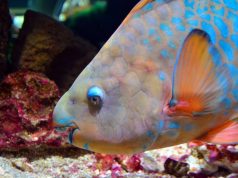Corals found in Philippine waters are allegedly being sold in a gift shop in the US, photos of which went viral on social media, amid laws protecting such species.
The photos came from Romina Lim, the founder of online campaign page Project Alagaan, which featured two types of corals—Heliopora and Tubipora—as merchandise worth “less than P2,000” in a gift shop in Long Beach, Washington.
Saw these Tubipora and Heliopora corals being sold at a gift shop in Long Beach, Washington. Labels say these were 'rare…
Posted by Romina Lim on Monday, July 9, 2018
Lim, who is currently in Oregon, a US state, told Interaksyon.com that she chanced upon this store selling corals or coral blocks when she and her other companions were on a three-day beach trip in Long Beach.
She contacted the United States Fish and Wildlife Service, but got no answer from its officials on her concern.
“I also emailed them, they emailed me back saying that they will get back to me within the week. Still, no response. I also messaged them on Facebook but they never replied to me,” Lim said.
She also reported it to different Philippine agencies, but the only one that responded was Bureau of Fisheries and Aquatic Resources.
BFAR Director Eduardo Gongona replied to Lim’s post when her mother tagged his Facebook account in it.
“Heads will roll if perpetrators are from BFAR side. I will conduct investigation ASAP. The law is harsh, swift, and painful. And more harsh more swift more painful if perpetrators are from within the implementors of the law,” Gongona said.
The other local agency she reported to is the Department of Environment and Natural Resources–Biodiversity Management Bureau.
Laws against coral trading
While the corals mentioned may be found in reefs throughout the country, a majority of them are found in the Marine Protected Area of Tubbataha Reef National Park in western Palawan.
The Heliopora and Tubipora are the names of a group of corals or genera, which are identified by their blue and red colors, according to the Tubbataha Reefs Natural Park Act of 2009.
A coral reef, on the other hand, is defined by the Philippine Fisheries Code of 1998, as “a natural aggregation of coral skeleton, with or without living coral polyps, occurring in inter-tidal and sub-tidal marine waters.”
Section 91 of the law states that no person shall “gather, possess, sell or export ordinary precious and semi-precious corals, whether raw or in processed form, except for scientific or research purposes.”
Meanwhile, fishing methods that can destroy the reefs or other marine habitats are also considered illegal and prohibited.
Previously, a group of tourists in Negros Oriental was called out for keeping coral blocks as souvenirs.
To educate the people online, Project Alagaan shared an infographic that discusses the importance of coral reefs in the Philippine ecosystem.
Coral reefs are among the most biologically diverse and economically valuable ecosystems on the planet, providing…
Posted by Coral Triangle Initiative on Tuesday, July 10, 2018

